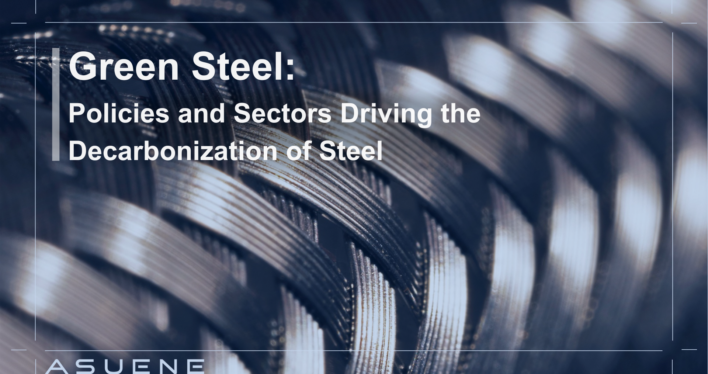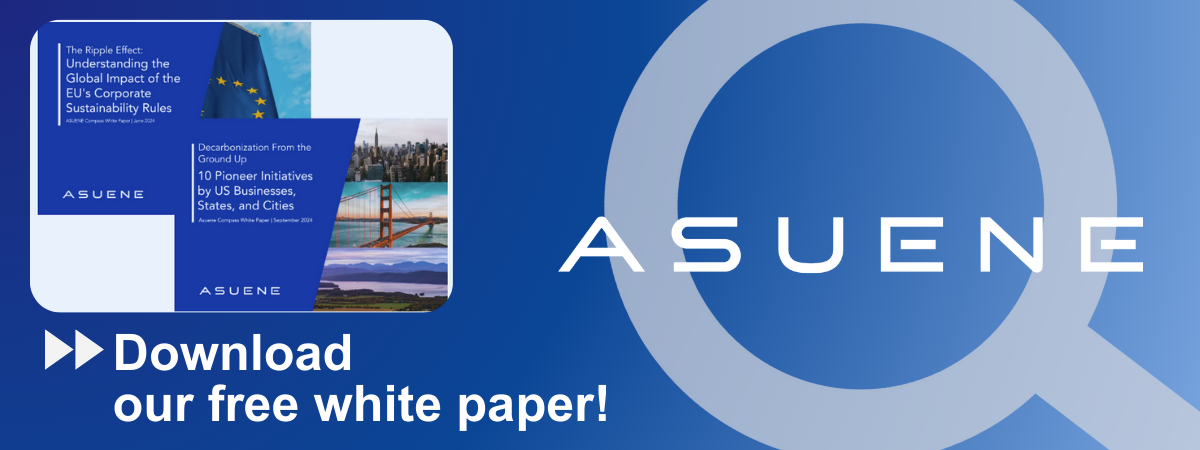- Article Summary
-
Overview
The global shift toward decarbonization has placed green steel at the forefront of sustainability efforts in heavy industry. With steel production accounting for roughly 7-9% of global CO2 emissions, the demand for low-carbon steel alternatives is accelerating across core sectors such as automotive, construction, and infrastructure. As regulatory frameworks and industrial policies evolve, green steel is emerging not just as a climate solution but as a key driver of competitive advantage, innovation, and strategic procurement.
Green Steel Defined: Pathways and Standards
Green steel refers to steel produced with significantly lower greenhouse gas emissions than conventional methods. Key pathways include hydrogen-based direct reduced iron (H2-DRI), electric arc furnace (EAF) steel using renewable electricity and recycled scrap, and carbon capture and storage (CCS) integrated with blast furnaces.
Certifications like ResponsibleSteel, EPDs (Environmental Product Declarations), and ISO 14067 standards for carbon footprint reporting provide credibility and comparability. These standards are increasingly used by regulators and public procurement bodies to define low-emission material criteria.
Sector Spotlight: Automotive, Construction, and Infrastructure
In the automotive industry, green steel is gaining traction as manufacturers aim to reduce Scope 3 emissions and meet climate targets. Companies such as BMW, Mercedes-Benz, Ford, and GM are entering into strategic partnerships with green steel producers like SSAB and H2 Green Steel to incorporate low-carbon materials into vehicle platforms. These efforts align with broader industry trends toward electrification and circularity.
In the construction sector, green steel is being adopted by developers and contractors seeking to meet stricter sustainability certifications and lifecycle carbon assessments. Major projects aiming for LEED, BREEAM, and DGNB credentials increasingly specify green steel in structural components. With regulatory focus shifting toward embodied carbon, green steel offers both compliance and reputational benefits.
Infrastructure development is also undergoing a transformation as governments embed carbon performance metrics into public tenders. In the United States, the Buy Clean California program sets mandatory embodied carbon benchmarks for structural materials, including steel. Similarly, the EU’s Green Public Procurement (GPP) framework requires carbon footprint documentation, prompting a shift in procurement practices toward green-certified steel. As climate finance is increasingly tied to material emissions, infrastructure players are re-evaluating supply chains and favoring producers with verified low-carbon footprints.

Policy Drivers Accelerating Green Steel Adoption
Policy frameworks are playing a pivotal role in shaping the future of green steel. In the European Union, the Carbon Border Adjustment Mechanism (CBAM), which includes steel among its covered sectors, imposes a carbon price on imported steel that does not meet EU emissions standards, creating a strong incentive for global producers to decarbonize.
The EU’s Fit for 55 package and Net-Zero Industry Act also prioritize the decarbonization of basic materials, channeling funding and regulatory support toward hydrogen infrastructure, renewable electricity, and low-emission steelmaking.
In the United States, the Inflation Reduction Act (IRA) offers production tax credits, industrial decarbonization grants, and federal procurement incentives that benefit low-emission steelmakers. The Buy Clean initiatives at the federal and state levels mandate embodied carbon disclosures and create preferential treatment for green materials in public projects.
Canada’s Greening Government Strategy and the UK’s Industrial Decarbonisation Strategy are also prioritizing emissions reductions in steel through funding and procurement mandates. These policies are accelerating market formation for green steel and reshaping industrial investment flows.
The table below summarizes key green steel-related policies across major jurisdictions:
| Country/Region | Policy/Initiative | Description | Status (as of 2025) |
|---|---|---|---|
| European Union | Carbon Border Adjustment Mechanism (CBAM) | Applies carbon pricing to imported steel based on emissions intensity. | Implementation phase with full reporting required for steel imports. |
| United States | Inflation Reduction Act (IRA) | Provides tax credits and funding for clean manufacturing, including green steel. | Active, with funding disbursement ongoing through 2032. |
| United States | Buy Clean Initiatives (Federal and State) | Mandates embodied carbon disclosure and prioritizes low-emission materials in procurement. | Adopted in multiple states; federal guidelines being standardized. |
| Canada | Greening Government Strategy | Aims to reduce emissions in government procurement and operations, including steel. | In progress with procurement criteria in active use. |
| United Kingdom | Industrial Decarbonisation Strategy | Funds industrial clusters to decarbonize, with emphasis on steel production and CCS. | Ongoing, with multiple funded projects in major industrial zones. |
Conclusion
Green steel is at the heart of a broader industrial transition driven by public policy, climate regulation, and technological innovation. As governments tighten emissions regulations and link funding to material performance, industries that rely heavily on steel must act swiftly to secure green alternatives. The convergence of policy mandates and industrial demand is transforming green steel from a niche innovation into a core element of 21st-century infrastructure and manufacturing strategy. Embracing green steel is no longer optional—it is a prerequisite for competitiveness in a decarbonizing global economy.
Why Work with ASUENE Inc.?
Asuene is a key player in carbon accounting, offering a comprehensive platform that measures, reduces, and reports emissions, including Scope 1-3, with expertise in decarbonization. Asuene serves over 10,000 clients worldwide, providing an all-in-one solution that integrates GHG accounting, ESG supply chain management, a Carbon Credit exchange platform, and third-party verification.
ASUENE supports companies in achieving net-zero goals through advanced technology, consulting services, and an extensive network.


